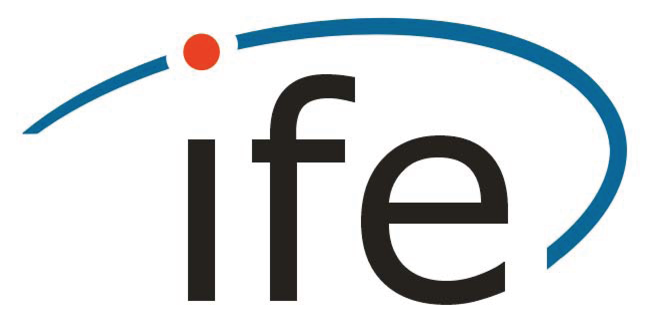Kalman filter and correlated measurement noise
the Variance inflation factor
- verfasst von
- Gael Kermarrec, Ankit Jain, Steffen Schon
- Abstract
Observations from high rate sensors are known to be time-correlated. When processed in a Kalman filter (KF) without accounting for correlations, i) a discrepancy with the true solution occurs, up to a divergence of the filter and ii) the covariance estimates are overestimated, which is equally problematic. Two main solutions exist to account for correlations in a KF: The time differenced and the state augmentation approach. They both model the correlated noise corresponding to an autoregressive process of the first order (AR(1), also called the Gauss Markov process) as it has a short memory, is linear and can be easily implemented. In this contribution, we propose a new method to account for measurement correlations by means of a variance inflation factor (VIF). The latter is derived from an AR(1) assumption for the measurement noise, and its parameters can be estimated by whitening the KF residuals. Our proposal, called the KF_VIF, is further extended to an AR(p) model to account for finer correlation structures. We compare the different approaches and address the impact of noise mismodeling. We use simulations to test the sensitivity of the KF solution to misspecifications and show that the KF_VIF proposed is a powerful answer to account for correlated measurement noise. A real case analysis corresponding to a precomputed flight trajectory with a constant velocity validates the results of the simulations.
- Organisationseinheit(en)
-
Geodätisches Institut
Institut für Erdmessung
Leibniz Forschungszentrum FZ:GEO
- Externe Organisation(en)
-
GMV NSL
- Typ
- Artikel
- Journal
- IEEE Transactions on Aerospace and Electronic Systems
- Band
- 58
- Seiten
- 766-780
- Anzahl der Seiten
- 15
- ISSN
- 0018-9251
- Publikationsdatum
- 24.08.2021
- Publikationsstatus
- Veröffentlicht
- Peer-reviewed
- Ja
- ASJC Scopus Sachgebiete
- Luft- und Raumfahrttechnik, Elektrotechnik und Elektronik
- Elektronische Version(en)
-
https://doi.org/10.1109/taes.2021.3103564 (Zugang:
Geschlossen)




